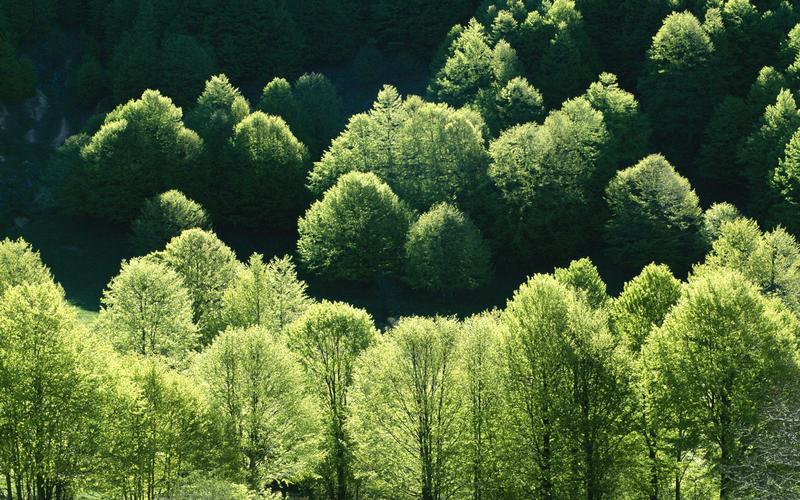Preserving Our Cultural Heritage Amidst the Threat of Climate Change
Climate change has been a topic of concern for many years, affecting not only the environment but also humanity’s cultural heritage. On top of climate-related disasters, the impact of human activities worsens the situation. However, amidst the threat, several initiatives aim to prevent further damage and preserve cultural heritage sites for future generations.
Climate Change and Cultural Heritage
Rapid climate change poses a threat to cultural heritage sites worldwide. Coastal erosion, flooding, and other natural disasters brought by climate change weaken the structures of monuments and other cultural assets. On top of that, climate-related events can cause soil erosion, humidity, and temperature changes, contributing to the decay of objects and building materials.
Human Activities and Cultural Heritage
Alongside climate change, human activities have similarly impacted cultural heritage sites. Air pollution, acid rain, and industrial activities only add to the struggles of cultural heritage preservation. Furthermore, poorly designed infrastructure can cause irreparable damage to ancient structures, posing a new set of challenges to conservators.
Initiatives to Save Cultural Heritage Sites
Despite the threats, conservation organizations worldwide strive to preserve and protect cultural heritage sites from further destruction. The World Monuments Fund, for instance, has initiated several projects to address the impacts of climate change on cultural heritage sites, including the building of sea walls to protect Venice’s historic structures from high tides. Similarly, UNESCO’s World Heritage Centre conducts extensive research and provides guidelines for climate change adaptation strategies aimed at preserving cultural heritage sites.
In addition, digital documentation enables conservationists to track the progress of conservation efforts accurately. High-resolution photographs, laser-scanned models, and other digital data help in identifying changes, recording interventions, and conducting maintenance activities. These digital methods enable conservationists to monitor heritage sites, even remotely, making it easier to detect and mitigate emerging issues.
Conclusion
Climate change and human activities pose a significant threat to the preservation of cultural heritage sites worldwide. However, with the help of proactive environmental conservation efforts and technological advancements, cultural heritage preservation is achievable. It is imperative that we continue to take action to preserve these sites, as they represent our collective history, cultural identity, and value systems. Without these sites, entire communities will lose a critical link to their past and cultural heritage.
(Note: Do you have knowledge or insights to share? Unlock new opportunities and expand your reach by joining our authors team. Click Registration to join us and share your expertise with our readers.)
